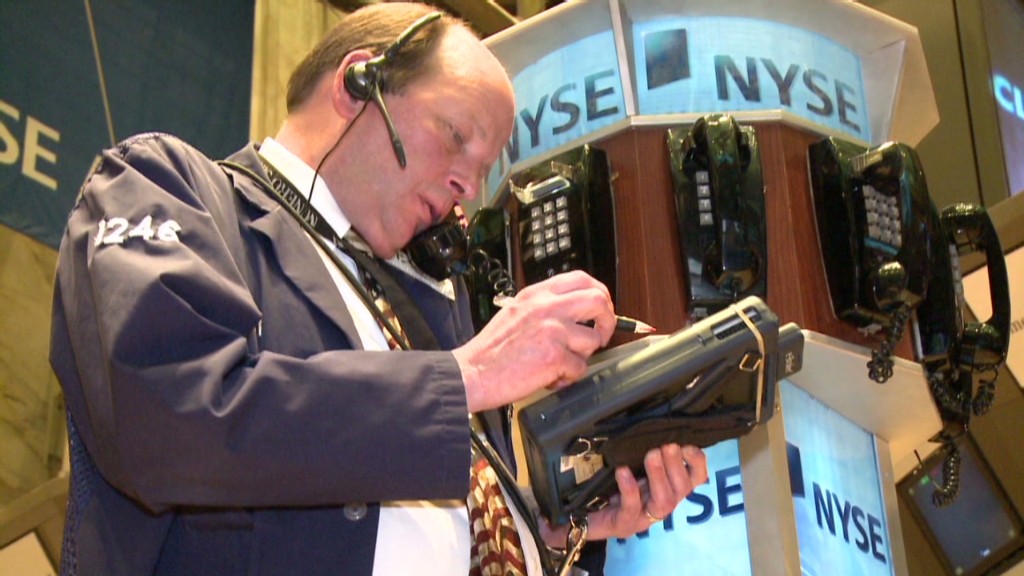
Remember in the late '90s when Wall Street was so fixated on earnings growth that highfliers like Cisco Systems were coveted despite price/earnings ratios of 100 or more?
Lesson learned: The price you pay for a stock matters. Alas, the pendulum has swung too far in the other direction.
Case in point: Europe. Most money managers think the Continent, mired in recession thanks to its epic debt crisis, will remain stuck in reverse next year and grow at a subpar 2% long after that. They also fear that profits will continue to deteriorate.
Yet a growing chorus believes that European equities are a steal.
That's because at a P/E ratio of 11, they sell for about 50% of what big U.S. equities fetch, more than twice their usual discount.
"European stocks are so cheap they might go up in response to even a half-baked rescue plan," says Doug Ramsey, chief investment officer for the Leuthold Group.
Unfortunately, while there is a strong relationship between current valuations and future performance, a low P/E isn't a foolproof buy signal.
Related: Why old media stocks are on top today
Take 1973. That year the P/E for the S&P 500 index sank from an above-average 19 -- based on 10 years of averaged earnings -- to a historically cheap 13. Yet over the following decade, blue chips posted mediocre annual gains of 6.7%. Factoring in inflation, equities lost value.
By contrast, in 1991, P/Es climbed back to nearly 19. Yet stocks had real annual gains of 15% for the next decade.
The difference?
For starters, between 1973 and 1982, profits for S&P 500 companies grew about 4% a year, well shy of their long-term 6%. From 1991 to 2000, earnings soared at double the historical pace.

Also, in the '70s the Fed was raising interest rates to fight inflation. In the '90s it was cutting them to jump-start growth.
Fast-forward to today: Europe is cheap, but the U.S. economy and profits are expected to grow much faster than the Continent's.
"Valuation has an inherent inability to be a predictor of market action," says James Stack, president of InvesTech Research.
Yes, P/Es offer a clue about how much stocks might rise or fall, but it's earnings and interest rates, or geopolitics and investor psychology, that change the market's direction. "Overvalued markets can keep getting more overvalued, and undervalued ones can keep getting cheaper," says Stack.
Related: Tips for investing in stocks
Robert Arnott, chairman of Research Affiliates, contends that valuation is still "the most important tool" investors have, especially the P/E ratio based on 10 years of averaged earnings.
Yet even the man who popularized this metric, Yale economist Robert Shiller, cautions that it's "not a guarantee. If you look at history," he says, "the market is simply hard to predict."


